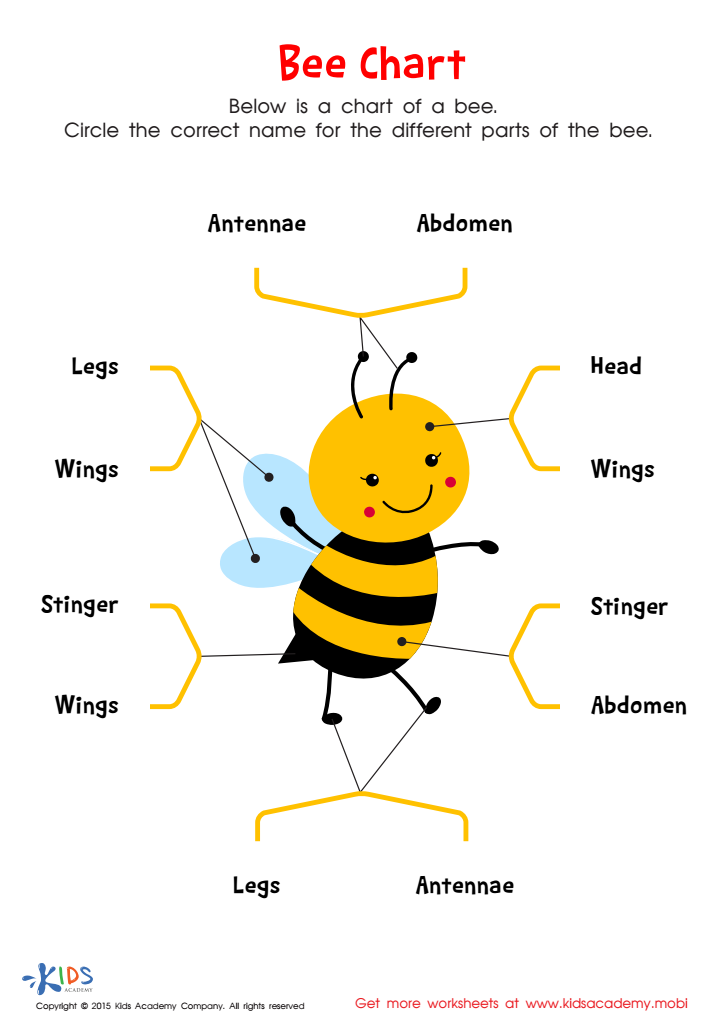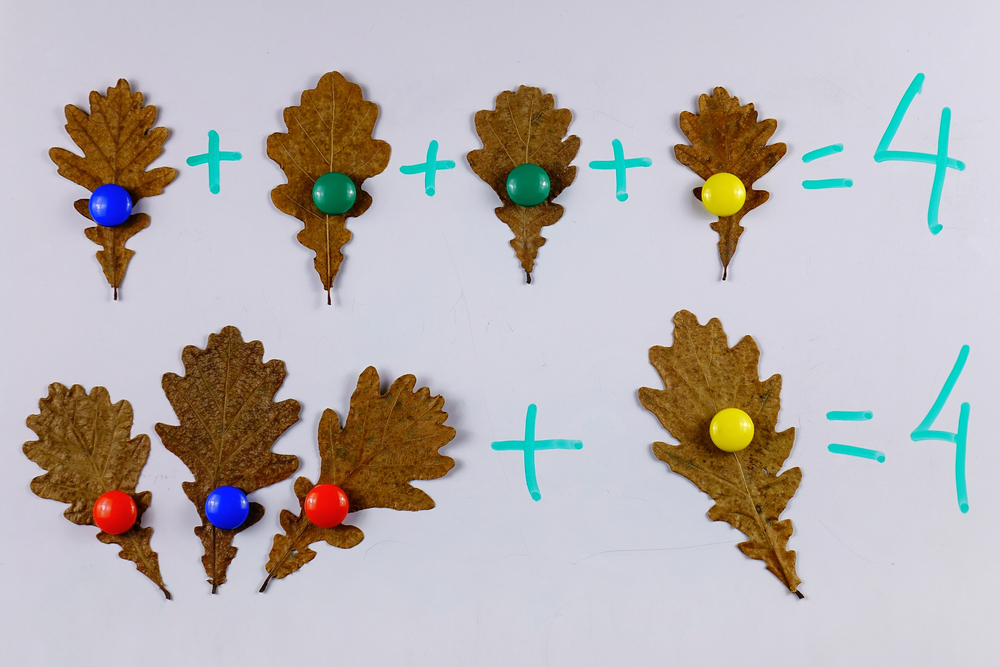Vocabulary enhancement Normal Animals Worksheets for Ages 6-8
8 filtered results
-
From - To
Enhance your child's vocabulary with our engaging "Normal Animals Worksheets" designed specifically for ages 6-8! These printable resources focus on animals found in everyday life, making learning relatable and fun. Each worksheet offers a variety of activities that promote language development, including matching terms, filling in blanks, and exploring descriptive words. Ideal for home or classroom use, our worksheets encourage curiosity about the animal kingdom while strengthening vocabulary skills. Watch your young learners boost their language confidence as they engage with these colorful and educational activities. Perfect for supplementing lessons and fostering a love for learning in young minds!
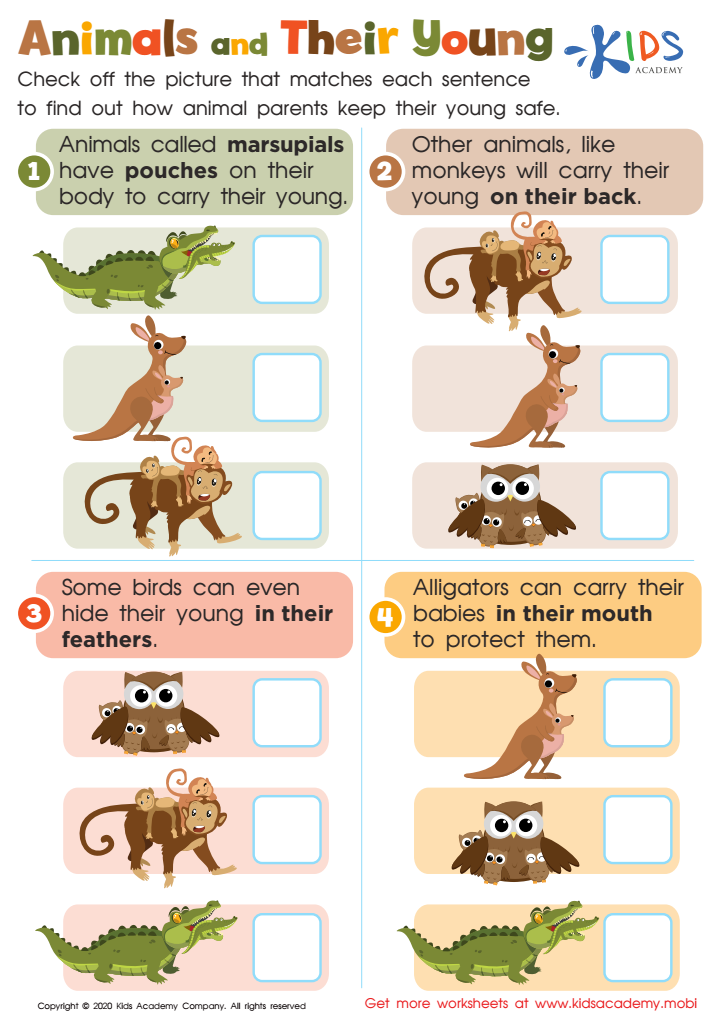

Animals and Their Young Worksheet


Printable Mammal Word Search


Animal Homes Worksheet
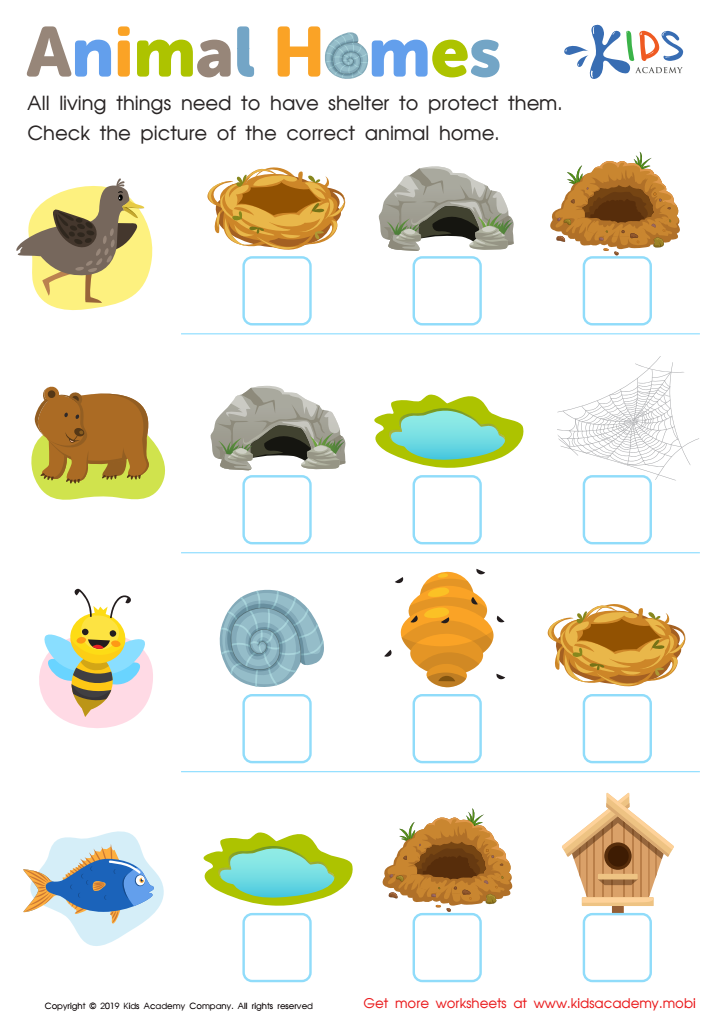

Animal Homes Worksheet
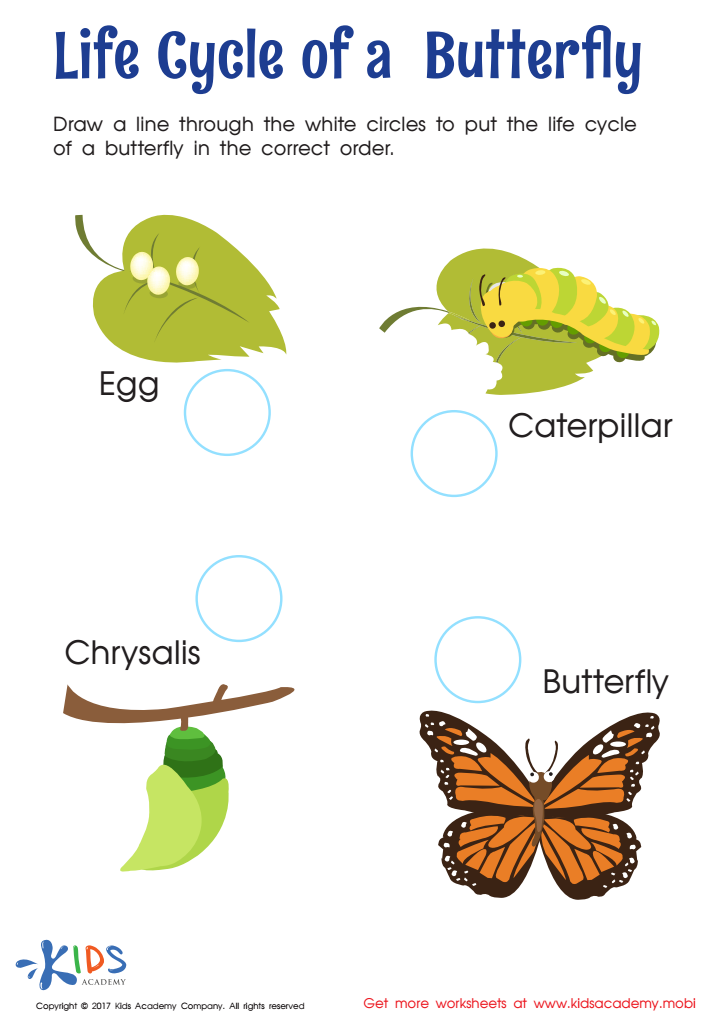

Life Cycle of Butterfly Worksheet
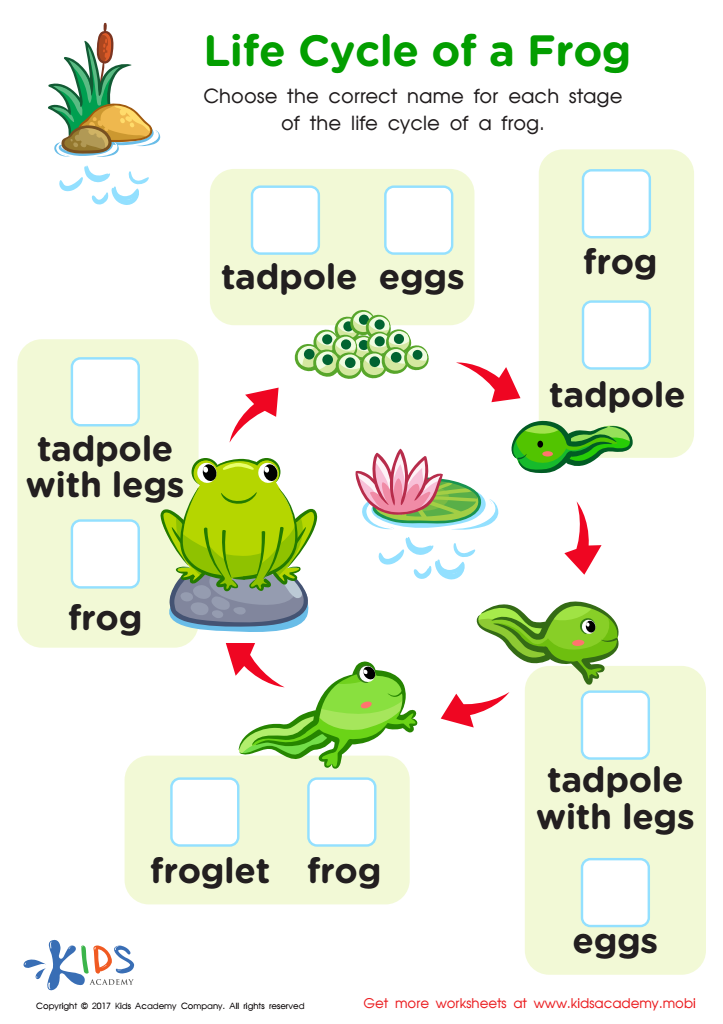

Life Cycle Frog Printable
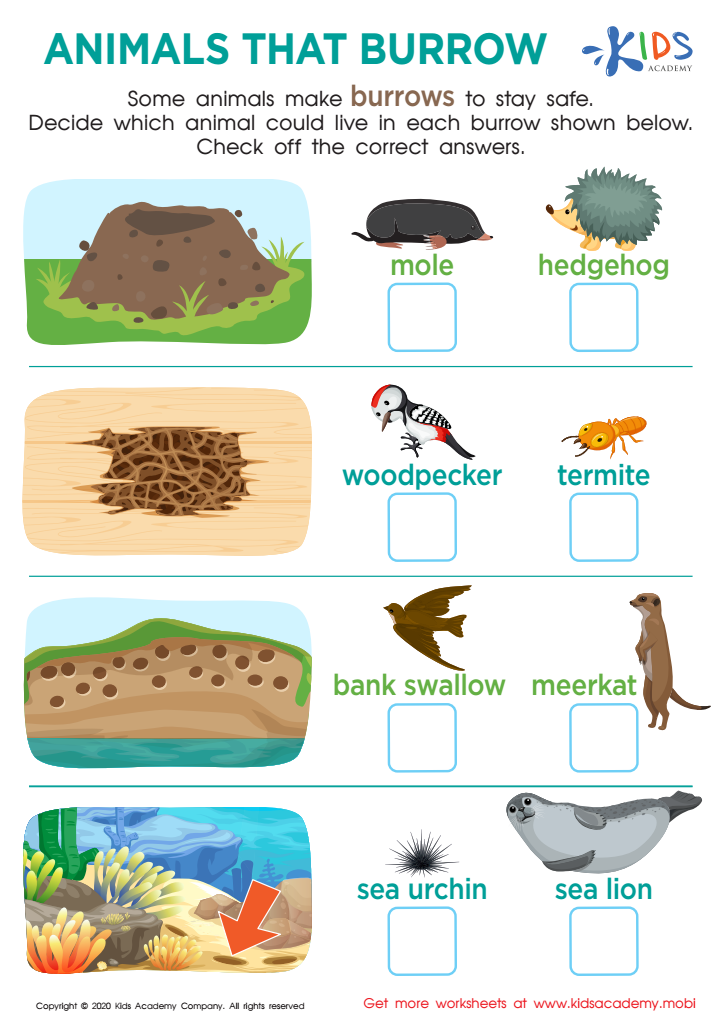

Animals That Burrow Worksheet
Vocabulary enhancement, especially regarding animals for children aged 6-8, is crucial for several reasons. First, expanding vocabulary enhances children's comprehension skills, enabling them to understand and engage with a broader range of texts. This age group is particularly curious about the world around them, including animals. Introducing terms related to "normal animals," such as their habitats, behaviors, and characteristics, presents an excellent opportunity for oral and written expression.
Moreover, a strong vocabulary lays the foundation for effective communication. Children equipped with a rich vocabulary can articulate their thoughts more clearly and confidently, fostering social interactions and the ability to share knowledge about animals with peers. Engagement with animal-related vocabulary also sparks interest in science and nature, promoting critical thinking and inquiry-based learning.
Teachers and parents can incorporate discussions on animals through storytelling, educational games, and interactive activities, enriching the child's learning experience. By emphasizing vocabulary in relatable contexts, they not only support language development but also cultivate a lifelong love for learning and exploration of the natural world. Thus, vocabulary enhancement concerning animals can be a fun and vital part of a child’s development, making it essential for parents and educators to prioritize this learning aspect.
 Assign to My Students
Assign to My Students
